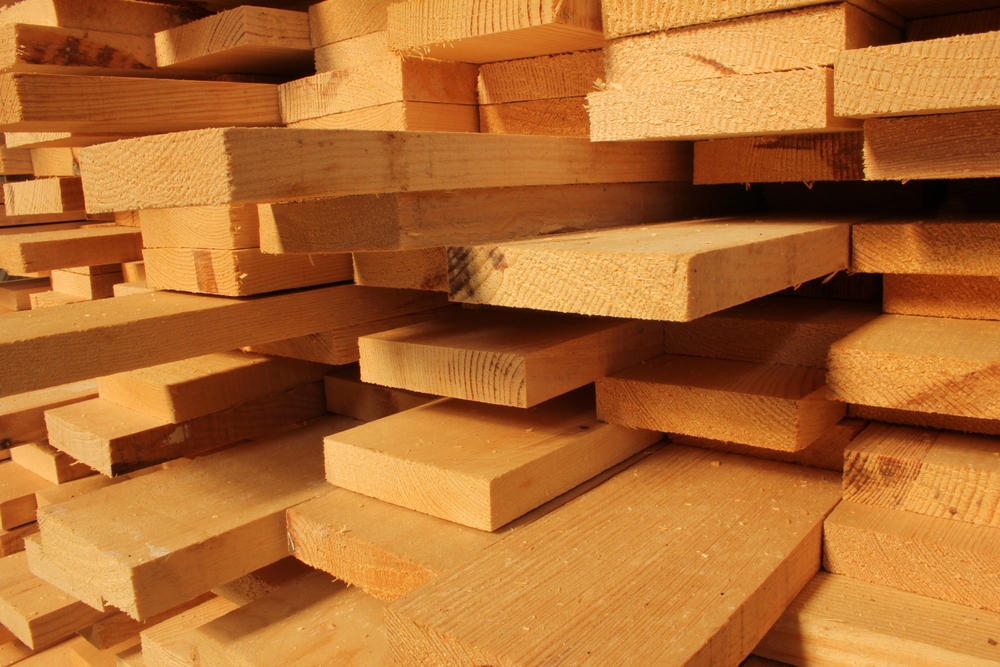US lumber futures are on another wild ride, but trading them has gotten pretty boring, according to The Wall Street Journal.
In 25 of this year’s 35 trading sessions, prices of the leading lumber futures contract have moved so sharply that they have ended the day stuck at limits designed to ensure an orderly market. Some mornings, trading has opened at the limit and remained there. On those days, trading in lumber futures basically ends before it begins.
The condition is called “lock limit.” Traders compare it to squeezing through a keyhole. Trading doesn’t officially halt, but once the price rises or falls to the maximum dollar amount allowed by exchange rules, there can be no more trades in the direction the market is moving. And so the action grinds to a standstill until the next day. Or until some big news reverses sentiment among the few dozen humans and algorithms that regularly trade lumber futures.
Stinson Dean, a Colorado lumber broker , usually bets the price of a futures contract will decline, so that if it does, the earnings will make up for the lost value of the wood he stockpiles to supply to lumber yards. The narrow trading windows have prevented him from moving out of such short positions. Unable to liquidate his hedges has forced him to hang on to the wood he has piled in warehouses around the country so that he isn’t exposed to big losses if prices move against his futures wagers.
He likens his situation to not being able to sell a house because the homeowners insurance policy can’t be canceled.
“My prices to my customers are so tied to the futures market that if I can’t execute, I tell them I’m off the market,” said Mr. Dean. “I’m not trading anything until it calms down.”
Brian Leonard, a lumber analyst at Chicago’s RCM Alternatives, said he has never seen such an illiquid market in more than 30 years of trading commodities.
One big problem is that speculators have fled the lumber market as the stakes have risen. Before the pandemic, when the typical price per thousand board feet was around $350, a futures contract for 110,000 board feet cost around $38,500. Daily swings in price were smaller. Lately, because of higher prices, each contract’s value can fluctuate by more than $20,000 a week.
Lumber futures are a lightly traded contract used mostly to manage the financial risks involved in trading railcars’ worth of two-by-fours. Nonetheless they are an important benchmark price for wood products, a barometer of building costs and a reliable gauge of the housing market.
